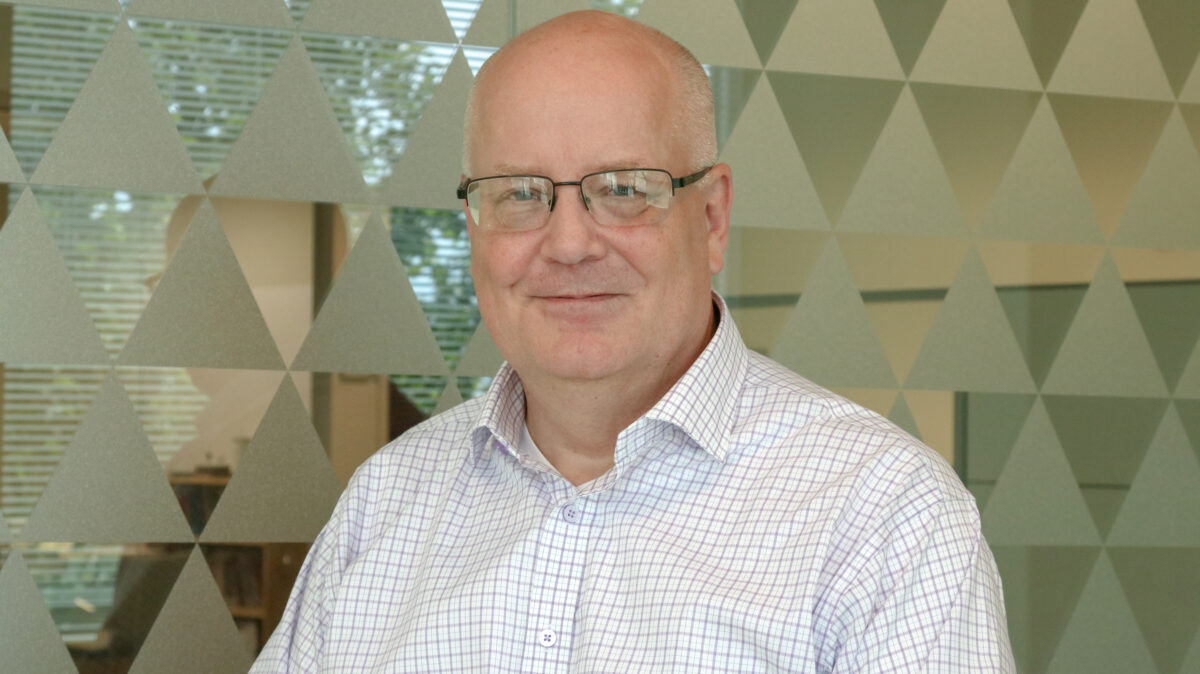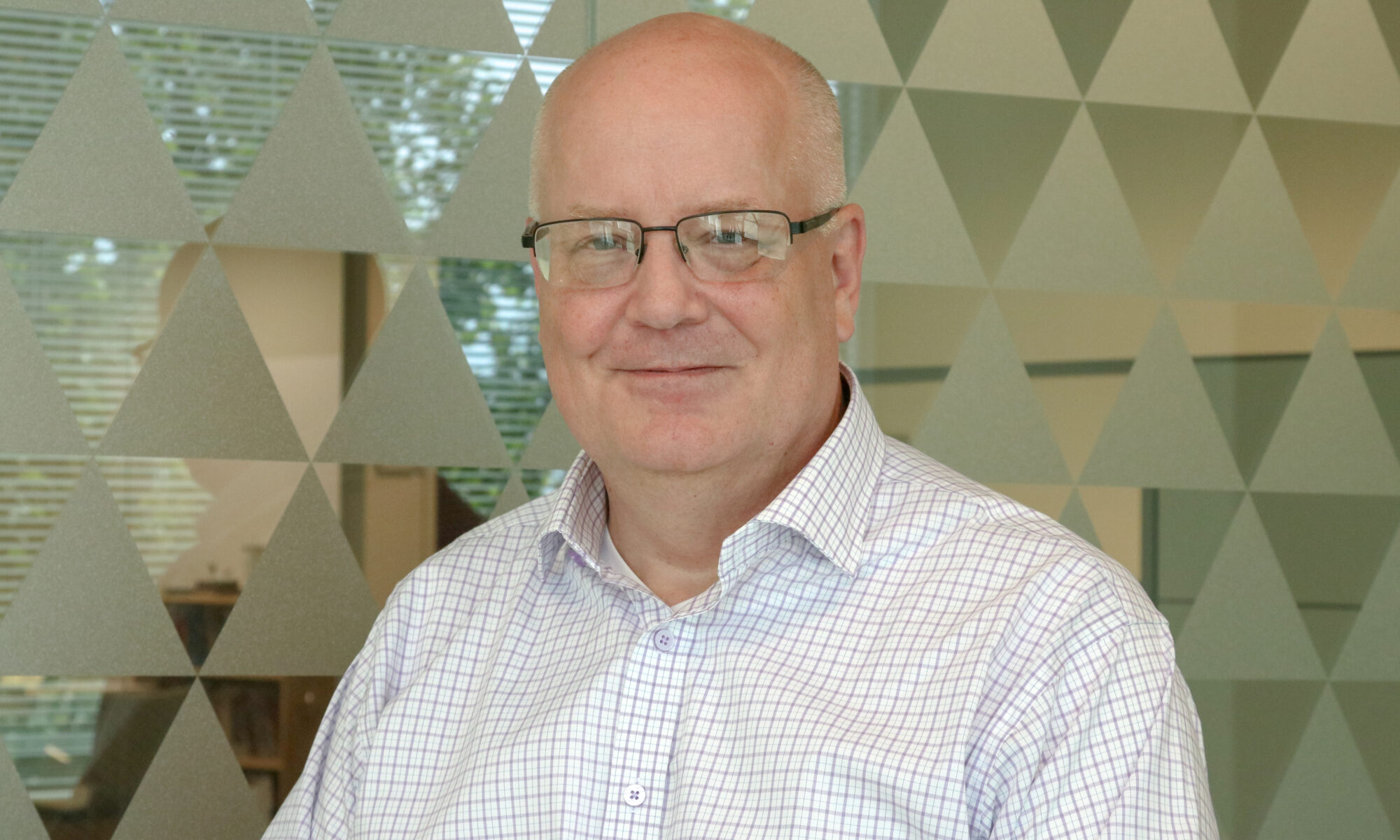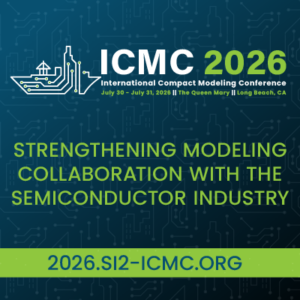
Leo Linehan leads Materion’s Electronic Materials business segment, an important supplier to the global semiconductor market and an industry leader in the production of advanced chemicals, microelectronic packaging, precious and non-precious metals, and deposition, reclamation and refining services.
Prior to joining Materion in 2019, he was Vice President and General Manager of Semiconductor Solutions with Element Solutions Inc. and served as Vice President and General Manager of Electronic Chemicals at OM Group. He joined Dow Chemical Company in 2009 as part of its acquisition of Rohm and Haas, where he retained his senior leadership role in Dow’s Electronics Materials business. Earlier in his career, he held several positions of increasing responsibility at IBM.
Tell us about your company.
Materion is a global leader in advanced materials serving a range of industries, including semiconductor, industrial, aerospace & defense, energy and automotive. We’re headquartered just outside of Cleveland, Ohio, and have 3,000 employees around the world. The Electronic Materials (EM) business I lead provides specialty materials for thin film deposition, microelectronic packaging products, and inorganic chemicals. Our business started as a precious metals provider and, through a series of acquisitions, has become a world leader in deposition materials specifically and electronic materials generally.
What problems are you solving?
Our customers are continually seeking a robust, reliable, high-quality supply chain, especially when it comes to new thin film materials for advanced semiconductor production. That’s particularly true given the current geopolitical situation. We hear all the time from customers worried about tariff impacts, sourcing concerns, and volatility in raw materials markets. We’re well positioned to partner with them in mitigating those issues thanks to our international footprint, our broad material portfolio, and the significant investments we’ve made in manufacturing. We have a significant presence in both the U.S. and European markets, with primary manufacturing sites in both regions, which allows us to give our customers valuable insights into navigating these geopolitical realities.
What application areas are your strongest?
When it comes to thin film deposition materials, we serve all segments of the larger semiconductor industry. That includes advanced logic and memory, power semiconductors, and RF semiconductors.
What keeps your customers up at night?
I go back to the idea of having a reliable supply chain. It’s having the right technology that our customers’ customers require when they require it. Our business is fairly evenly split between leading-edge node and mature node semiconductors. There’s still a significant market for semiconductors in mature process nodes, and those processes are still being continuously improved. At the same time, when we acquired HC Starck’s electronic materials business in 2021, that instantly made us a significant player in leading-edge semiconductors as well. There are universal demands that cut across all segments of the semiconductor market related to continuous improvement and supply security. There are also important differences between the advanced process nodes used for logic and memory and the more mature process nodes that are used for power and RF semiconductors that require segment-specific expertise. Ultimately, we work with all of our customers to provide the latest materials that we continuously evolve in order to meet their needs.
What does the competitive landscape look like and how do you differentiate?
The competitive landscape is actually quite complicated. On the leading-edge side of semiconductors, it’s highly concentrated among a relatively few suppliers including Materion. On the mature node side, it’s a diverse landscape with several physical vapor deposition (PVD) sputtering target manufacturers. Many of those are either regional or specialized into very narrow segments. We’re one of the few suppliers that covers the whole landscape, both in terms of semiconductor type and deposition technologies, including materials used for atomic layer deposition. We have a very broad portfolio that encompasses both precious and non-precious metals. That makes us an appealing supply chain partner to a wide range of semiconductor manufacturers.
What new features/technology are you working on?
I already mentioned atomic layer deposition, which is a fast-growing market for us. There is also a constant need for new PVD alloys. For many years, we’ve been known as the company that manufactures PVD targets no one else wants to, and we’re proud of that!
How do customers normally engage with your company?
We mostly sell directly to customers, and we try to engage them in an R&D context when we can. We prefer to have our R&D team engage with their R&D teams, with the sales force facilitating the conversation. We find that’s the best way to solve the critical process issues our customers face all the time.
Also Read:
CEO Interview with Ronald Glibbery of Peraso
CEO Interview with Pierre Laboisse of Aledia
CEO Interview with Cyril Sagonero of Keysom
Share this post via:








Quantum Computing Technologies and Challenges